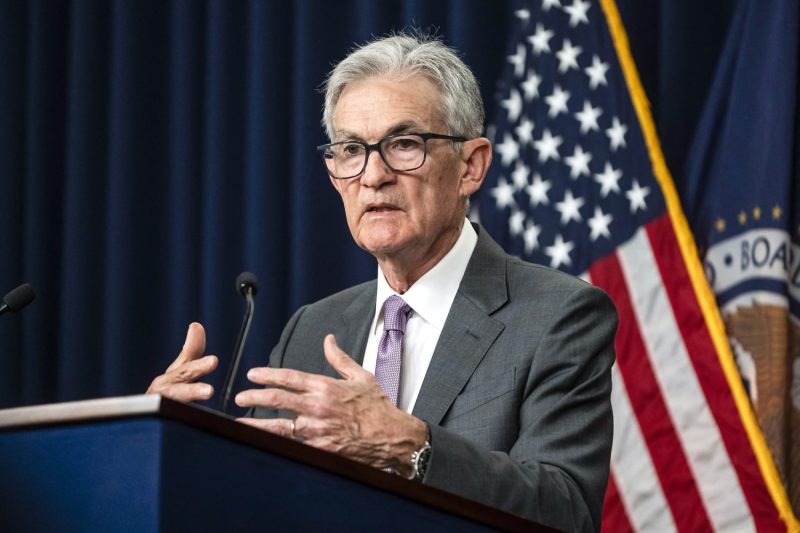Federal Reserve Chair Jerome Powell recently made headlines by suggesting that the time might be right for an interest rate cut. This statement, coming after months of speculation and anticipation, has significant implications for the economy and financial markets. Powell’s announcement reflected the Federal Reserve’s concern over slowing global economic growth and low inflation rates, prompting them to consider taking action to support economic expansion.
The Federal Reserve’s primary tool for influencing the economy is the manipulation of interest rates. By lowering interest rates, the Federal Reserve aims to make borrowing cheaper for individuals and businesses, thereby stimulating spending and investment. This typically leads to an increase in economic activity, as companies are encouraged to expand operations and consumers are incentivized to make purchases.
Powell’s comments signal a potential shift in the Federal Reserve’s monetary policy, as they adopt a more accommodative approach to support the economy. The decision to cut interest rates is not taken lightly and is usually only pursued when the central bank believes the economy requires additional stimulus. In this case, concerns over trade tensions, global economic uncertainty, and subdued inflation levels have prompted the Federal Reserve to consider a rate cut as a preemptive measure.
The timing of the interest rate cut is crucial, as it can have far-reaching consequences on financial markets and the broader economy. A well-timed rate cut can provide a boost to market sentiment, bolster confidence among investors, and act as a stabilizing force during uncertain times. On the other hand, an ill-timed rate cut can create distortions in financial markets, fuel asset bubbles, and exacerbate inflationary pressures.
The impact of an interest rate cut extends beyond financial markets to the real economy. Lower interest rates can lead to increased consumption, investment, and borrowing, which can in turn spur economic growth. Businesses may find it more attractive to take out loans for expansion projects, while consumers may be encouraged to make big-ticket purchases such as homes and cars. This uptick in economic activity can have a multiplier effect, creating jobs and boosting overall prosperity.
However, the effectiveness of an interest rate cut depends on various factors, including the prevailing economic conditions, market expectations, and the transmission mechanisms through which monetary policy impacts the economy. In some cases, the impact of a rate cut may be muted if other factors are weighing on economic growth, such as geopolitical risks or structural challenges.
As Federal Reserve Chair Jerome Powell ponders the decision to cut interest rates, market participants eagerly await the outcome and its potential implications. While a rate cut may provide a much-needed boost to the economy, it is essential for policymakers to carefully consider all relevant factors and assess the potential risks and benefits of such a move. Ultimately, the Federal Reserve’s decision will play a crucial role in shaping the future trajectory of the economy and financial markets.

